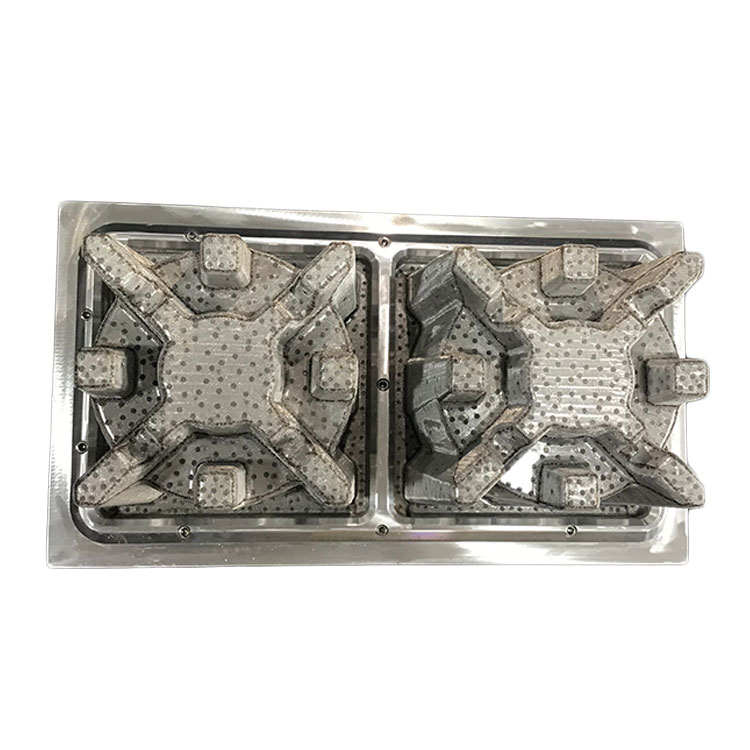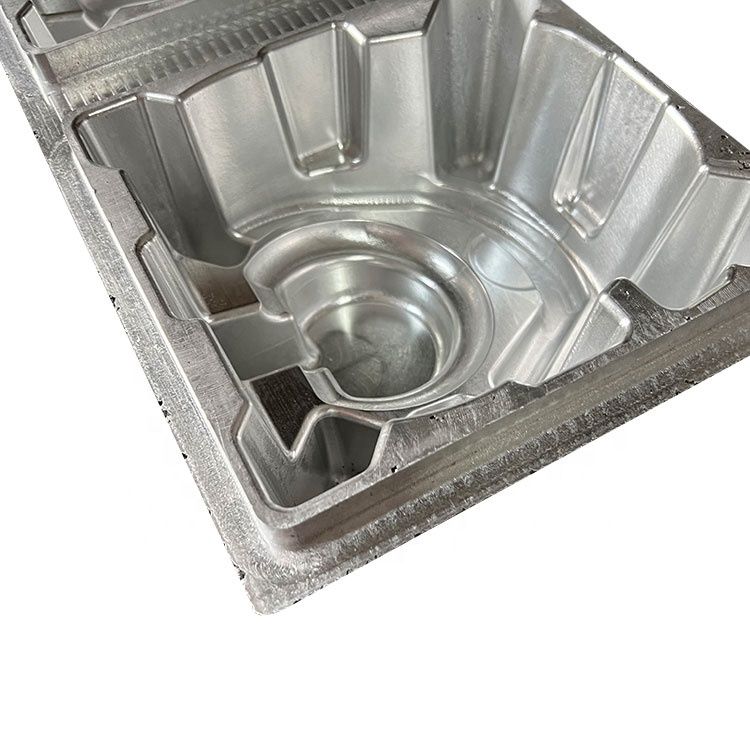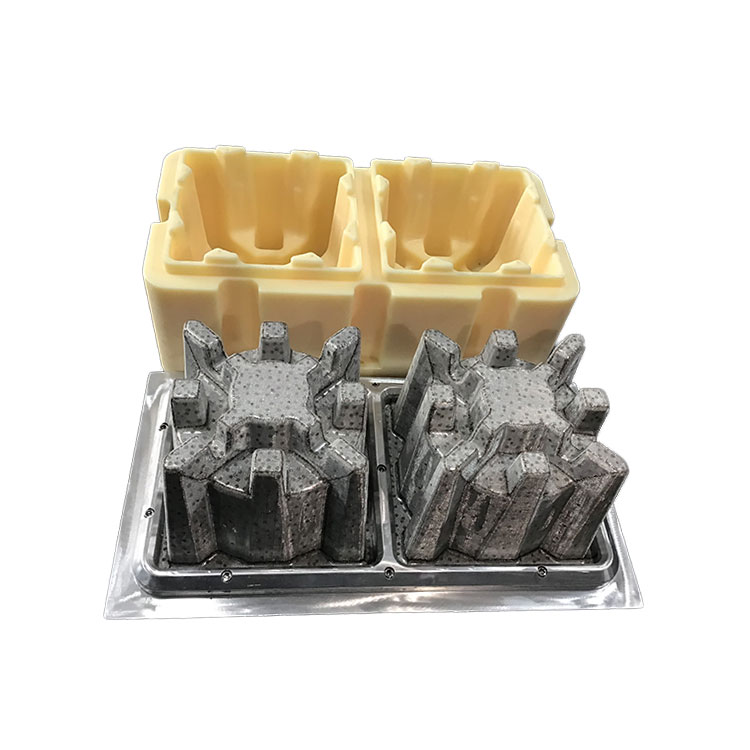As a representative of green packaging that is in the limelight, pulp molding is favored by brands. In the production process of pulp molded products, molds are a key component, and their development and design technology requirements are high, with large investments, long cycles, and high risks. This is a realistic problem faced by manufacturers. Here are some experiences for everyone to learn and discuss pulp molding mold design.
As a molding component, the durability of the mold depends on the custom pulp moulding dies structure design, its use and maintenance, and whether the basic performance of the molding material can adapt to the mold processing requirements and use conditions. According to the complexity of the mold structure design and the use of the production line, the reasonable selection of molding materials is also a key link in the design of pulp molding molds.
Pulp molding dies materials can be steel, low melting point alloys, low-pressure cast aluminum alloys, brass and other non-metallic materials. For example, for products with high hot pressing pressure requirements, high hardness materials are required. Cast aluminum alloy molds are often used in the production of small-sized and medium-sized pulp molded products. Because the molding pressure is not large, the service life can be extended; for products with high surface fineness requirements, the mold material is required to have excellent polishing and wear resistance. It should be reasonably selected according to the molding process conditions of different paper mold products. Metal mold materials should have the following basic properties:
1. Good processing performance and small deformation after heat treatment. Because mold parts are often complex in shape and difficult to process after quenching, or cannot be processed at all, when selecting mold materials, metal materials with small deformation after heat treatment should be selected as much as possible.
2. Good polishing performance. Paper mold products require good gloss and surface state, so the mold must be well polished, and the selected metal material should not contain rough impurities and pores.
3. Good wear resistance. The surface gloss and dimensional accuracy of paper mold products are directly related to the wear resistance of the mold surface. Therefore, the pulp moulding dies surface hardness is required to be high and has high wear resistance, so that it can withstand mechanical friction and scratches in production operations.
4. Good corrosion resistance. Wet paper molds and their additives have chemical corrosion on the mold surface, so corrosion-resistant metal materials should be selected or surface treated.


The design of pulp moulding dies includes the structural design of the pulp mold itself and the processing mold design, and the two are interdependent and related. Often, the two need to be designed simultaneously. The general design steps and key points are as follows:
1. Design the product structure first, and then design the mold according to the product structure. This is because the product is used to protect and fix the product, so its internal dimensions must match the product's external dimensions.
2. In mold design, the shaping mold should be designed first, and then the molding mold should be designed. Because the shaping process has higher requirements for dimensional control in the later stage of product production, the dimensional control during the shaping process must be guaranteed first, which requires the shaping mold size to be designed first. At this time, the thickness of the pulp molded product needs to be fully considered. Paper molds have relatively complex shapes and large sizes, and at the same time have basic characteristics such as bearing capacity, buffering capacity, and positioning functions.
3. It is also necessary to consider the demoulding problem after shaping, and a certain size gap needs to be reserved for demoulding. Moreover, the shaping process will further pressurize the molded product, especially in thickness, so the molding mold is redesigned based on the size of the shaping mold. Usually, the size will take into account the characteristics of the molding mold and the process, such as the thickness of the mesh wire of the molding mold, the size shrinkage rate after shaping heating, etc. The mesh mold is an important material attached to the pulp molding mold to filter moisture during paper mold forming. Its quality directly affects the quality of the product and production efficiency. Paper molds all have a demoulding slope, and similar products can be stacked on each other. It is also necessary to ensure that all holes are evenly distributed, and the hole size and hole spacing of the suction mold are well arranged, which will be more efficient.

The huge changes in the market have also brought new challenges to packaging supply chain companies. The shortened R&D cycle and the tight stocking time require the supply chain to respond quickly. Users are a core focus. Supply chain companies face new market opportunities. Brands, channels, and factories must work closely together. Brands and channels need to understand the actual conditions of factories in R&D, testing, and manufacturing. Factories also need to understand the product definitions made by brands and channels when facing consumers. Only with efficient collaboration can we gain a foothold in the market.

